Diwali, or Deepavali, is India’s most loved festival. Known as the Festival of Lights, it celebrates the victory of good over evil. In 2025, Diwali will be celebrated on Monday, October 20. If you are wondering how to celebrate Diwali in India, think of glowing diyas, colorful rangolis, delicious sweets, and joyful family gatherings. It is the perfect time to experience India’s culture at its brightest.
Why Is Diwali Celebrated?
The story behind Diwali differs across regions of India. In the north, people celebrate it as the homecoming of Lord Rama after 14 years of exile and his triumph over Ravana. Western states like Gujarat connect the festival with Goddess Lakshmi, who is believed to bless families with wealth and prosperity. Down south, Diwali marks Lord Krishna’s victory over the demon Narakasura.
No matter the story, Diwali celebrates positivity and new beginnings. It is one of the happiest festivals of the year.
Preparing for Diwali
Celebrations usually begin weeks in advance with cleaning and decorating homes. It is believed that Goddess Lakshmi visits clean and well-lit houses to bless families with prosperity.
Key Preparations Include:
- House Cleaning & Renovation – Families clean every corner of their home, sometimes repainting or redecorating.
- Shopping for New Clothes – Wearing new outfits during Diwali is a tradition, symbolizing fresh beginnings.
- Buying Gifts & Sweets – Exchanging gifts with family, friends, and colleagues strengthens relationships.
- Decorating with Diyas & Rangoli – Colorful rangolis at the entrance and earthen diyas (oil lamps) brighten up homes.
The Five Days of Diwali Celebration
Day 1: Arrive & Welcome (Dhanteras)
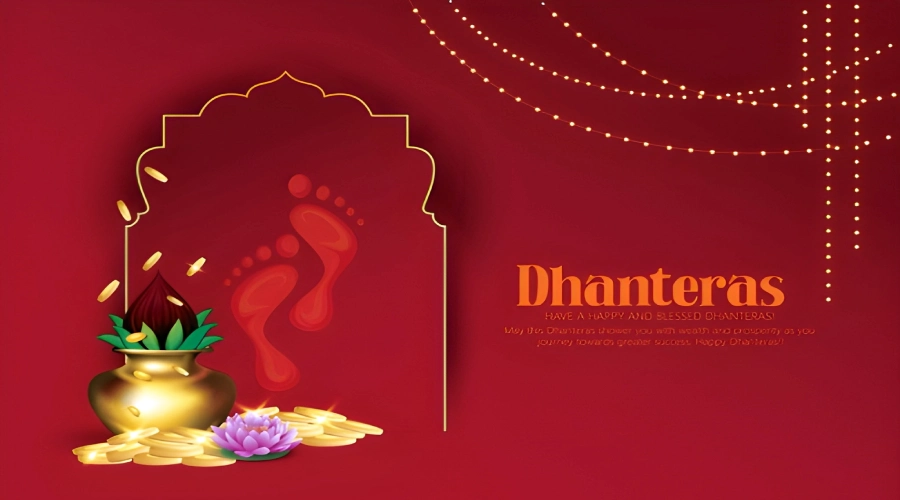
Begin your Diwali celebration with a hug from India’s busy cities. Begin your Diwali celebration in India’s busy cities. Start in Delhi, Mumbai, or Kolkata. On Dhanteras, the first day of Diwali, the streets come alive with energy. Locals crowd markets like Chandni Chowk in Delhi or Crawford Market in Mumbai. They shop for gold, silver, and utensils, as these items are thought to bring good luck and wealth. Visiting these markets during Diwali is the best way to soak in the festive spirit. This is the perfect time to hit up these locations if you want to truly immerse yourself in Diwali.
When night falls, wander through streets aglow with the soft flicker of diyas (earthen lamps) and vibrant rangoli designs adorning doorsteps. Oh, and be sure to snap dozens of photos for your Diwali highlights cover for Instagram. This is the only time of the year when your eyes will be treated to intricate and colourful rangoli patterns, so you’ll want to immortalise every moment!
The most convenient way to experience Indian traditions is by joining a guided tour or homestay, as these will allow you to gain a deeper understanding and partake in the locals’ age-old customs. Engaging with local guides or hosts will also provide insights into the significance of each day of Diwali and the cultural nuances that make this festival so special.
Day 2: Embracing Tradition (Choti Diwali)
On Day 2 (aka Choti Diwali), lose yourself in culture and tradition. Walk through the narrow lanes of Jaipur’s Pink City or explore the ancient alleys of Varanasi’s neighbourhood, where rangolis adorn every doorstep and diyas light up the night. Light diyas and decorate homes with the locals, or watch a cultural program dedicated to the artistic talent of the region. For a truly authentic experience, travel to the rural villages of Pushkar or Udaipur, which celebrate Diwali with love and fervour.
As the sun sets, the cityscape evolves into an array of colours, light, and fireworks that fill the sky with laughter and cheer. Here, you will witness the anticipation of the main event tomorrow and get to snack on quintessential Indian Diwali sweets like gujiya and chakli, which are available on every corner. Take a moment to soak in the festivities, where every street is exploding with excitement, laughter, and the promise of an unforgettable celebration ahead.
Day 3: It’s Time To Feast & Party! (Main Diwali)
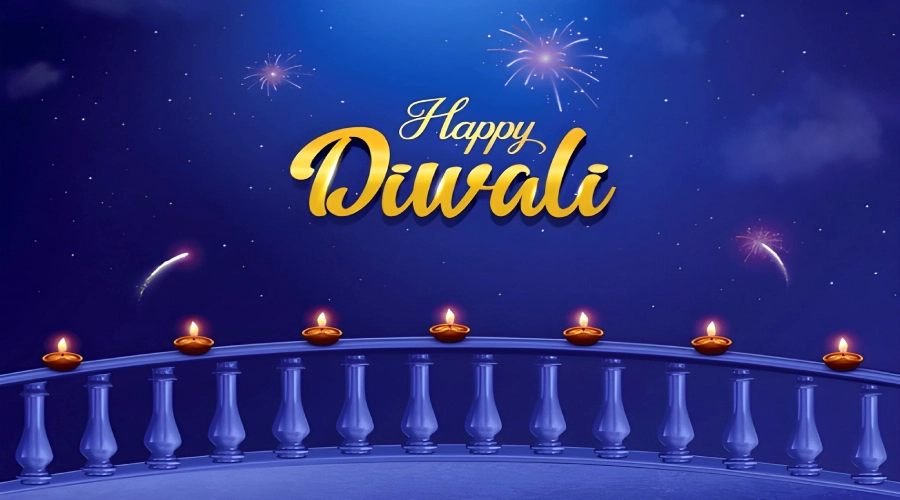
The third day of our journey is the pinnacle of Diwali celebrations, a day when the entire nation basks in the luminous glow of diyas, the merry resonance of laughter and music, and the explosive excitement of the fireworks. It’s a day of togetherness and unity, of sharing sweets and gifts with family and friends and offering prayers to Maa Lakshmi and Lord Ganesha for blessings and prosperity. The entire nation celebrates as one family to commemorate the triumph of light over darkness.
As dusk settles in, Diwali’s biggest celebration begins. Walk down the streets of Delhi’s Red Fort or Mumbai’s Marine Drive, where dazzling light displays and vibrant street performances captivate the senses. Stand in awe of the beautiful fireworks setting the sky ablaze with amazing colours. Join in on the exchanging of gifts and sweets (mithai) with newfound friends, forging bonds that transcend cultural boundaries. There are so many things to witness and participate in on Diwali night, so let your hair down and be carried away by the rhythm of the festivities!
Day 4: Reverence and Renewal (Govardhan Puja)

Harness the spiritual essence of the fourth day by celebrating the Govardhan Puja. This day is all about commemorating Baal Roop, the child form of Lord Shri Krishna. It’s a great time for tourists to visit one of India’s many temples, where devotees visit the Hindu gods to pray and seek blessings. Remember to dress appropriately and behave respectfully when visiting these sacred sites.
Alternatively, you may wish to travel to Varanasi or Haridwar, as the Ganges River plays a vital role in the Diwali celebrations.
All day, melodious hymns and chants fill the air, adding a spiritual essence to the vibrant surroundings. Wonder at extravagantly designed decorations and offerings, which demonstrate the believers’ devotion to their deities. This day is all about spiritualism and reflection, so take a quiet moment to reflect on the essence of Diwali — spiritual renewal, gratitude, and enlightenment.
Day 5: Sibling Bonds and Festive Feasts (Bhai Dooj)
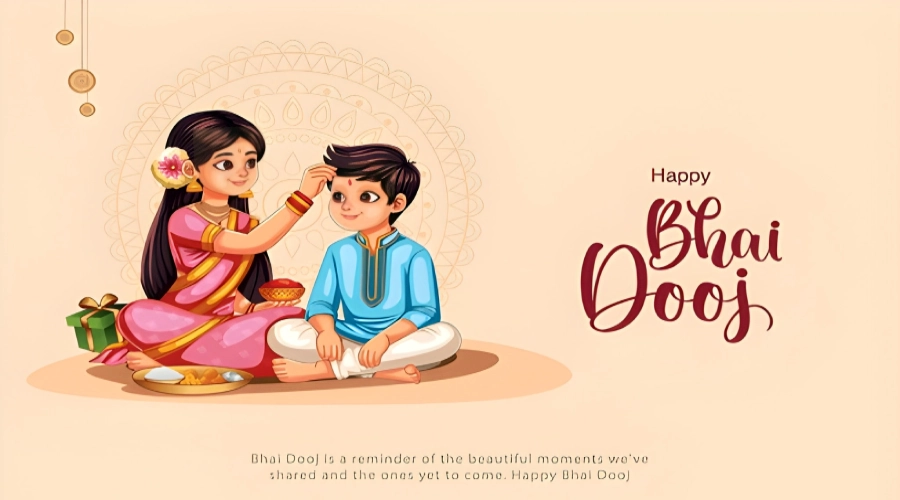
Bhai Dooj is the last day of the celebration. It is a time when siblings come together to strengthen their bonds. Brothers visit their married sisters and receive blessings that symbolise love, respect and the eternal bond of family ties.
For tourists looking to join in on the festivities, there are tons of cultural activities and attractions to explore. Jaipur’s City Palace and Kolkata’s Victoria Memorial host Diwali exhibitions and cultural events, where visitors can take part in Diwali-themed activities ranging from learning the mehndi art to pottery. Don’t forget to visit nearby marketplaces and street vendors who offer a variety of delightful choices, from satisfying samosas to sweet jalebis.
For both experienced travellers and first-time tourists, Bhaj Dooj is a reminder of the eternal values of love, respect, and unity.
Food and Sweets During Diwali
No festival in India is complete without food, and Diwali is a paradise for food lovers. Traditional snacks and sweets are prepared at home and shared with neighbors.
Popular Diwali Foods:
- Sweets: Ladoo, Barfi, Jalebi, Gulab Jamun, Kaju Katli.
- Snacks: Namak Pare, Chakli, Samosa, Sev.
- Special Dishes: Puri, Chole, Paneer recipes, and festive thalis.
If you are traveling during Diwali, do not miss the chance to taste these homemade delights.
Where to Celebrate Diwali in India
Different parts of India celebrate Diwali in unique styles. Here are some of the best destinations:
- Varanasi (Uttar Pradesh): Famous for Dev Deepawali, when the ghats are lit with thousands of diyas.
- Jaipur (Rajasthan): Known for its illuminated markets and heritage havelis.
- Amritsar (Punjab): The Golden Temple glows with lights and fireworks.
- Kolkata (West Bengal): Celebrates Diwali as Kali Puja, dedicated to Goddess Kali.
- Goa: Known for burning effigies of Narakasura and festive parties.
Modern Ways to Celebrate Diwali
While traditional celebrations remain strong, many families now adopt eco-friendly and modern ways to celebrate:
- Eco-Friendly Diyas & Lights – Instead of firecrackers, people use LED lights and clay diyas.
- Digital Greetings – Sending personalized e-cards and WhatsApp greetings.
- Charity & Giving Back – Many people donate clothes, food, or money to those in need.
- Destination Celebrations – Travelers book tours in cultural cities like Jaipur, Udaipur, or Rishikesh for a memorable festive experience.
Safety Tips During Diwali
Since firecrackers are widely used, it is important to celebrate responsibly:
- Avoid bursting crackers in crowded areas.
- Keep water and first-aid handy.
- Choose eco-friendly fireworks or skip them altogether.
- Supervise children closely.
Conclusion
Diwali is more than just a festival; it is a celebration of life, unity, and prosperity. Whether you light diyas, perform Lakshmi Puja, taste delicious sweets, or travel to India’s festive destinations, Diwali offers something special for everyone.
By following these traditions and tips, you can experience the true joy of the Diwali celebration in India while making memories that last a lifetime.
Frequently Asked Questions (FAQs)
Diwali in 2025 will be celebrated on Monday, October 20. The festival usually lasts five days, with the main celebration of Lakshmi Puja falling on this date.
People in India celebrate Diwali by cleaning and decorating their homes, lighting diyas (lamps), making colorful rangoli, performing Lakshmi Puja, sharing sweets, and bursting fireworks.
Some of the best places to experience Diwali in India are Varanasi, Jaipur, Amritsar, Delhi and Kolkata. Each city has its own traditions, grand lighting and cultural events.
Popular Diwali sweets are ladoo, barfi, gulab jamun and kaju katli and snacks are samosas, chakli and namak pare. Families also cook special meals.
Tourists can join local families or temple ceremonies, watch firecrackers, visit decorated markets and taste traditional sweets. Book early as Diwali is peak season.


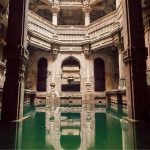


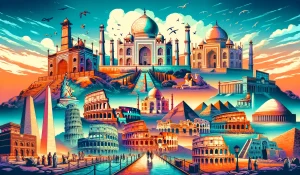

You must be logged in to post a comment.